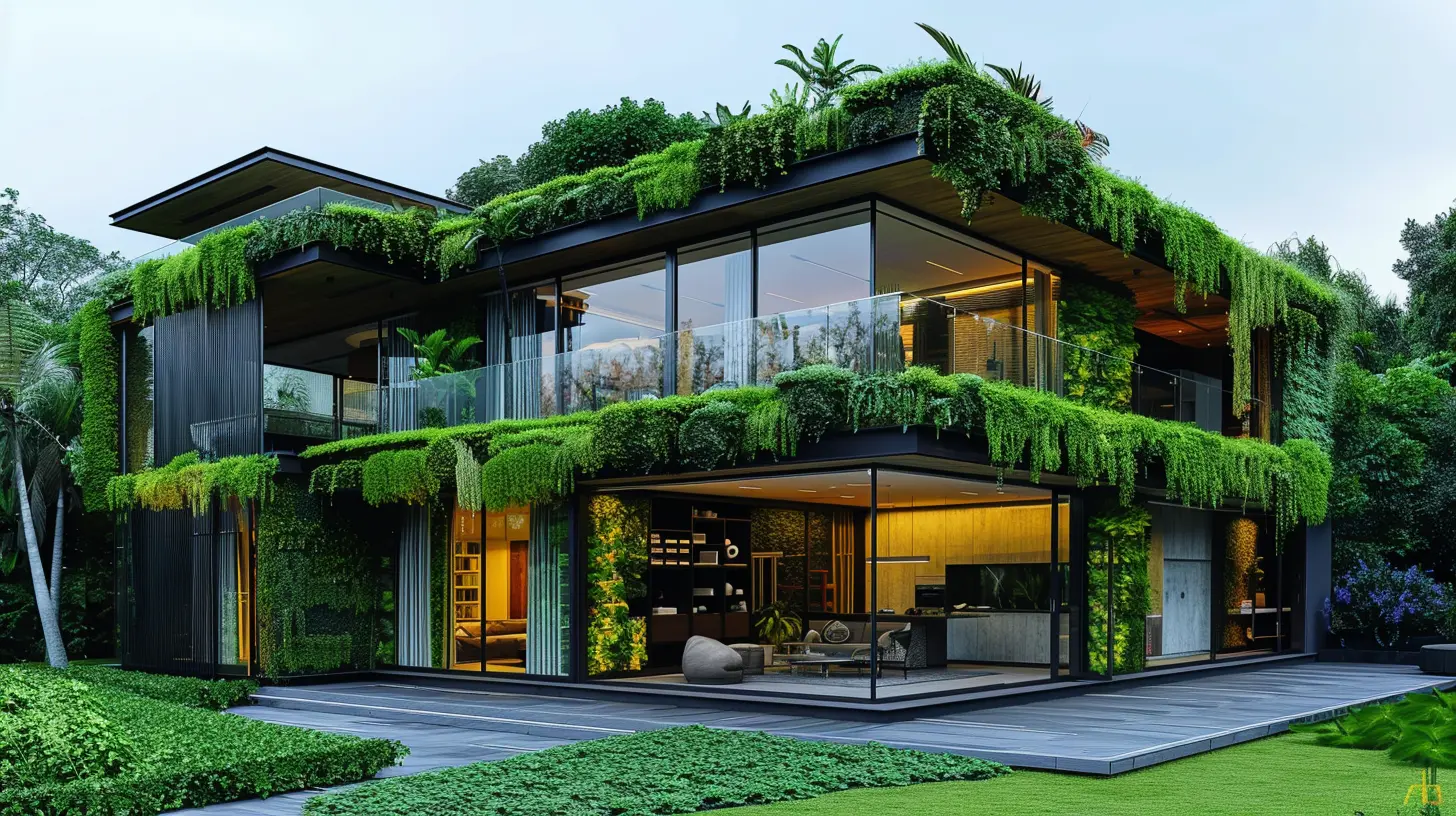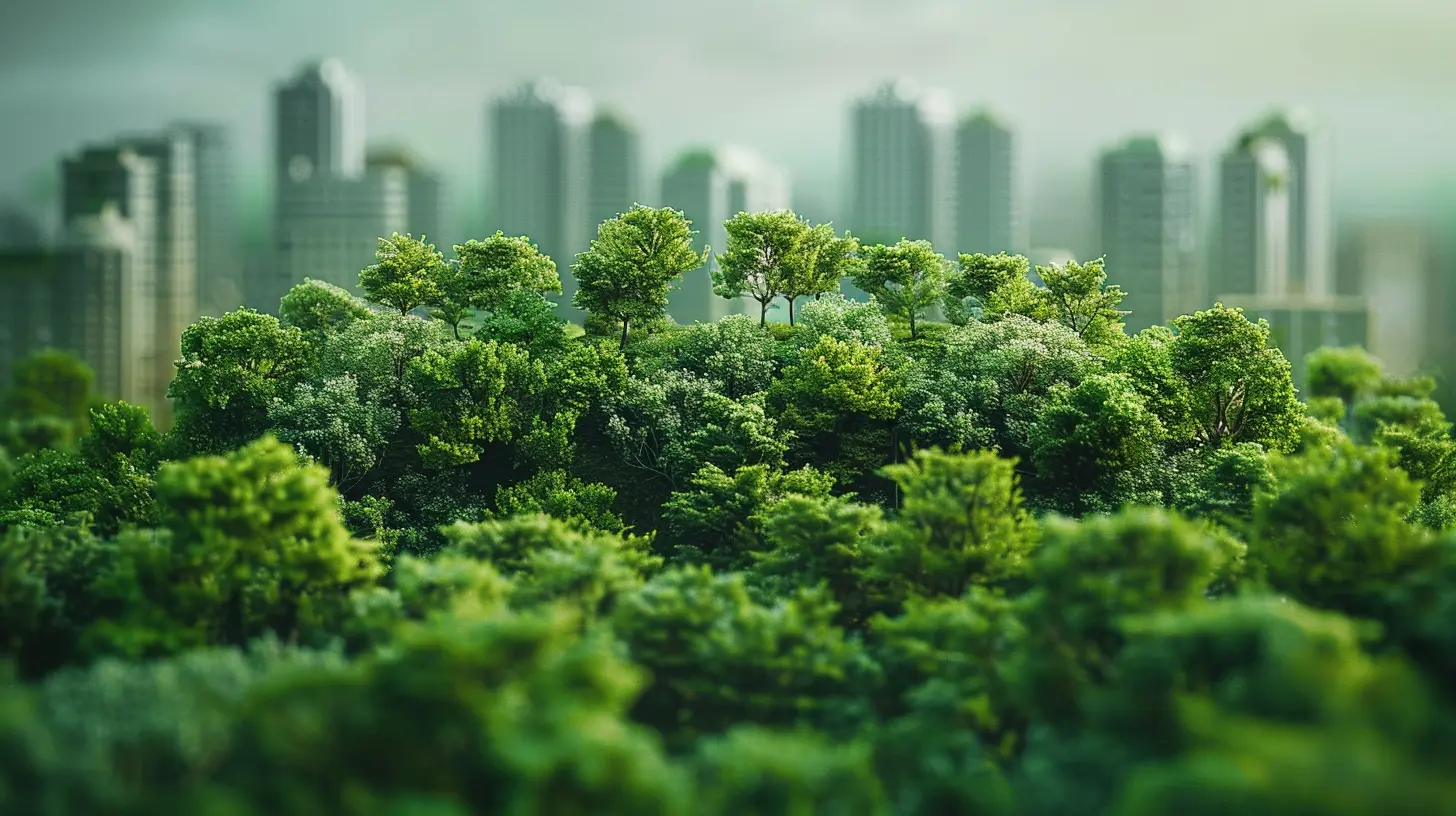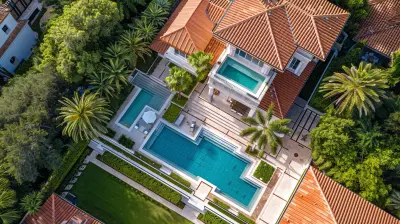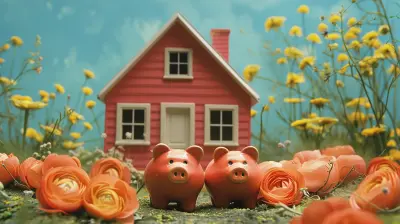How Environmentally-Friendly Building Practices Will Shape Real Estate
20 July 2025
Let’s be real for a second — the world is finally waking up to the fact that we can’t keep building like it's 1950. The bulldoze-and-build mindset? Yeah, that's out like shag carpeting and avocado green kitchens. In its place? A bold, bright, and brilliantly green movement that’s flipping the script on how we build and buy real estate.
So, if you’re a homebuyer, investor, agent, or just someone who loves a good HGTV binge, listen up — because environmentally-friendly building practices aren’t just a trend, they’re the future. And trust me, they’re about to shake up real estate in ways we’ve never seen before.

Green Buildings: Not Just for Hippies Anymore
Once upon a time, eco-friendly buildings were the domain of patchouli-loving minimalists. But times have changed — big time. Major developers, luxury builders, and even suburban flippers are leaning into sustainable practices. Why? Because eco-building isn’t just good for the planet — it’s better for business.
Why the Sudden Shift?
It’s not so “sudden” when you look at the bigger picture. Climate change is knocking on everyone’s front door — sometimes literally. From wildfires to floods, extreme weather is no longer just a warning on the news ticker. Real estate is all about location, sure, but it’s also about resilience, and sustainable buildings are tougher, smarter, and often cheaper in the long haul.Plus, buyers are demanding it now. Millennials and Gen Z — aka the next generation of homeowners — aren’t just looking for curb appeal. They want solar panels, rainwater systems, and energy-efficient appliances. If your listing doesn’t have smart insulation or a green roof? Don’t be surprised if it sits on the market like last week’s leftovers.
Energy Efficiency is the New Granite Countertop
Sorry granite, we still love you, but energy efficiency is the new kitchen island. Homes that cut down on energy waste aren’t just saving the planet, they’re saving wallets. And believe me, buyers are paying attention.Here’s how energy efficiency is stealing the spotlight:
- 🌞 Solar Panels: These aren’t just for desert homes anymore. With tax incentives, lower installation costs, and off-grid appeal, solar panels are now a house-hunting must-have.- 🏡 Insulation & Windows: Double-pane, energy-efficient windows and advanced insulation mean lower heating and cooling costs. That’s music to any homeowner's ears — and to the planet’s.
- 💡 LED Lighting & Smart Tech: From bulbs to thermostats, smart tech is making homes more energy-efficient and giving buyers those high-tech bragging rights.

Say Hello to Sustainable Materials, Say Goodbye to Boring Builds
Let’s talk materials for a sec. Sustainable doesn't have to mean “plain” or “cheap.” In fact, some of the most jaw-dropping new builds are rocking reclaimed wood, bamboo floors, recycled steel, and low-VOC paints like they just stepped off a fashion runway.These materials don’t just look good:
- They reduce environmental impact.- They improve indoor air quality (because no one wants to breathe in toxic fumes).
- They’re super durable — meaning less maintenance and more value over time.
Realtors — are you listing a home with sustainable materials? Highlight. That. Stuff. Trust me, buyers want to hear about it.
Green Certifications Are the New Gold Stars
Think of certifications like eco street cred. Homes and buildings that are LEED-certified or ENERGY STAR rated don’t just sound impressive — they come with real perks. We're talking lower utility bills, increased resale value, and bragging rights that say, “Yeah, my house is literally saving the world.”Popular certifications shaping the scene:
- LEED (Leadership in Energy and Environmental Design): Basically the Beyoncé of green building certifications.- WELL Building Standard: Focuses on human health and wellness. Because sustainable doesn’t stop at the walls.
- ENERGY STAR: Trusted and tested for energy use. That little blue label packs a big punch.
The ROI on Green is Anything But Iffy
Let’s talk money — because even the most passionate planet-lovers have to balance their budgets. The good news? Eco-friendly building practices often increase property value. It’s true. Green homes sell faster and for more money. Why? Because buyers know they’ll save on utilities, repairs, and future upgrades.It’s like buying a car that never breaks down and gets 100 miles per gallon. Who wouldn’t pay more for that?
Investors, listen up:
- Green buildings often qualify for tax breaks and government incentives.- They’re more attractive to tenants who want lower utility bills and healthier living spaces.
- Maintenance costs are typically lower due to better materials and efficient systems.
Urban Planning is Going Green, Too
It's not just about houses. Entire neighborhoods are being designed with sustainability in mind. We're seeing:- 🏘️ Mixed-use developments that reduce the need for cars.
- 🚲 Bike lanes and pedestrian pathways that minimize emissions.
- 🌳 Green spaces that improve air quality and boost well-being.
Real estate pros should be paying attention to these trends because they directly influence property values and marketability. A home next to a park with a composting center? That’s modern gold, baby.
Climate Risk is Real Estate Risk
Let’s not sugarcoat it. Climate change is already influencing where and how people buy property. Beach homes might be beautiful, but rising sea levels? Not so cute. Regions prone to wildfires, floods, and hurricanes are seeing increased insurance premiums and decreased buyer interest.This has led developers and buyers to scope out “climate-resilient” areas — places built to withstand Mother Nature’s mood swings. Elevated structures, fireproof landscaping, and renewable energy installations are becoming standard in these regions.
Real estate agents, take note: The property’s resilience can be just as important as its square footage.
Regulation Nation: Governments Are (Finally) Stepping In
You didn’t think this green revolution was happening in a vacuum, did you? Federal and local governments are jumping into the game with mandates and incentives.In many areas, new construction is now required to meet energy efficiency standards. Bonus points (and cash) are given for solar energy, water conservation, and sustainable materials. And let’s be honest — what government wants to be seen as anti-planet right now?
The Rise of the Eco-Developer
Developers are no longer just thinking profit-first. The new generation is building for the long haul — financially and environmentally. These builders are using smart architecture, solar strategies, and community-focused planning to create developments that are both profitable and planet-friendly.Here’s a look at what these new eco-developers are doing:
- Using modular and prefabricated materials to reduce waste
- Implementing zero-energy building designs
- Partnering with environmental engineers for innovative land use
If you’re an investor or buyer, following these developers is a smart move. Not only can you feel good about your investment, but you’re setting yourself up for long-term returns and lower risks.
Buyers Today Want More Than Just Marble & Molding
Today’s homebuyers want homes that are:- Healthy to live in
- Cheaper to operate
- Resilient in the face of extreme weather
- Ethically and environmentally built
The good news for agents and sellers? Eco-friendly features can be major selling points — if you highlight them right. Don’t bury the lead — flaunt those green features like you're hosting a glam open house.
So, What Should You Do About It?
Whether you’re buying, building, investing, or selling — ignoring eco-friendly trends could seriously cost you. The future of real estate is green, literally and figuratively. So here’s what you can actually start doing:Buyers:
- Ask about insulation, appliance efficiency, and building certifications.- Look for homes with solar, rainwater systems, or composting options.
- Prioritize location — not just in terms of commute, but climate risk.
Sellers:
- Highlight the eco-perks of your home in listings.- Make budget-friendly green upgrades before putting the house on the market.
- Consider getting a green building certification.
Investors:
- Partner with eco-conscious developers.- Avoid climate-risky areas unless you're ready to fortify and future-proof.
- Take advantage of green tax credits and rebates.
Agents:
- Educate yourself on green features and what buyers want.- Speak the eco-language — know your LEED from your ENERGY STAR.
- Stay ahead of regulations and trends to better serve your clients.
Final Thoughts: Green Is No Longer Optional
The hard truth? Sustainability isn’t a “nice-to-have” anymore — it’s a must. Real estate is evolving, and the winners will be those who embrace the green wave early. Don’t be the agent trying to sell a gas-guzzling dinosaur in a world of Teslas. Don’t be the builder stuck using outdated materials when buyers want bamboo and solar.Go green, or get left behind. Simple as that.
all images in this post were generated using AI tools
Category:
Real Estate ForecastAuthor:

Melanie Kirkland
Discussion
rate this article
1 comments
Pia Bishop
Embracing environmentally-friendly building practices is not just a trend; it's a necessity. Sustainable designs enhance property values, attract eco-conscious buyers, and promote long-term resilience against climate change. As the market shifts, those who adapt will lead the future of real estate innovation.
August 1, 2025 at 11:27 AM

Melanie Kirkland
Absolutely! Embracing sustainable building practices is crucial for future real estate success, offering both value and resilience in a changing market.


